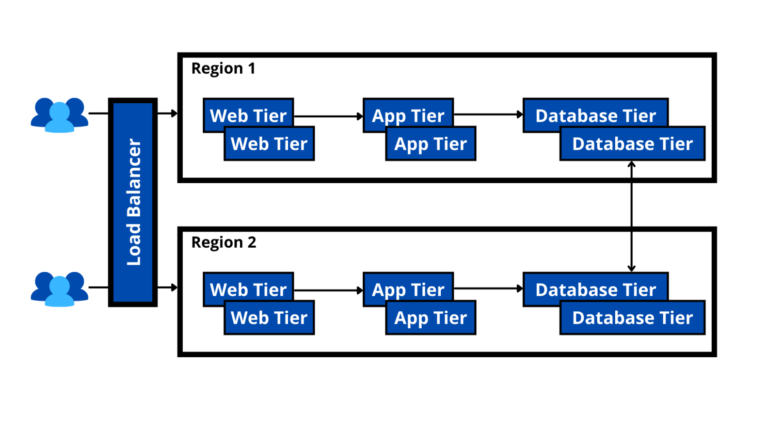High Availability vs Disaster Recovery: What’s the Difference and Why it Matters for Your Business
- Abdalrahman Nasser
- March 21, 2023
- 6:33 am
Share the Blog
Some Downtime Facts
Did you know that 80% of Data Center Managers have experienced some type of outage in the past 3 years and that 40% of organizations have suffered a major outage caused by human error over the past three years and that 76% of organizations suffered downtime and data loss in 2021?
High availability & disaster recovery are two critical components of any business continuity plan. But what sets them apart? While high availability is focused on minimizing downtime for critical applications and services, disaster recovery is all about restoring them quickly in the event of a major outage. In this article, we’ll explore the key differences between these two strategies and help you determine which one is right for your organization.
I often get the question “How does HA differ from DR?” from my customers. They are two related, but confusing terminologies that protect against failure eventually. Simply, High Availability is about eliminating a single point of failure. Disaster Recovery is getting back the system operational after suffering a failure or downtime. In other words, DR will take over when HA fails.
High Availability:
It eliminates a single point of failure. This means redundancy. HA aims to have a system with the maximum possible uptime. It is not expected to have a system with 100% uptime, however, HA aims for 99.999% and more “five nines”.
What does HA Mitigate?
- Against a single point of failure.
- Issues while the system is running.
- It comes as a step before DR.
- Implies redundancy.
In the below figure, you can see that we have more for each tier than 1 server. In case of a failure in one of the servers in any tier, the application will continue running normally. Depending on how critical your application is, you can increase your HA by increasing the number of servers for each tier and have more redundancy. In case of failure of the whole region “Region 1”, your application is now down. Now, we need to think of Disaster Recovery.

Disaster Recovery:
Disaster recovery picks up when High Availability fails. DR involves a set of policies, tools, and procedures to enable the recovery of critical technology infrastructure and systems in case of a natural or human-induced disaster or cyber-attacks. DR requires having a secondary location to store data and infrastructure.
DR aims to recover data and system running as fast as possible. It is essential to have a solid DR solution in place to orchestrate the failover process quickly and with minimal intervention. In addition, it takes into consideration minimizing 2 factors:
- Recovery Time Objective (RTO)refers to the amount of time you need to bring a system back online.
- Recovery Point Objective (RPO)is a business calculation for acceptable data loss from downtime.
In the below figure, you can see that there are two regions instead of only one region with many tiers. The database tier will always be in sync between the two regions replicating data. A company can either have the second region (Region 2) as a standby location in case Region 1 is down due to a disaster, or the company can have both regions running we direct users using a load balancer. In case, any region is down, all users will be redirected to the running region.

Why does this matters?
Downtime can be a major risk for any organization. Not only can it lead to lost revenue and productivity, but it can also damage your brand reputation and customer loyalty. By understanding the difference between high availability and disaster recovery, you can make informed decisions about how to protect your business against unexpected disruptions. Whether you’re planning for growth, updating your IT infrastructure, or simply looking to improve your overall business continuity, the right approach to high availability and disaster recovery can help ensure that your organization remains resilient and responsive in the face of any challenge.
When choosing between high availability and disaster recovery, it’s important to consider your specific business needs, budget, and risk tolerance. Evaluate the potential impact of downtime and data loss, and choose a solution that aligns with your goals and priorities. Remember that both approaches can be used together for maximum protection and resilience.
In conclusion, high availability and disaster recovery are critical components of a comprehensive business continuity plan. By investing in these measures, companies can mitigate the risks of downtime, protect their critical data and applications, and ensure that their operations are always up and running, even in the face of unexpected disruptions.

